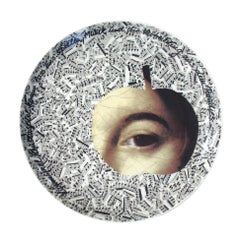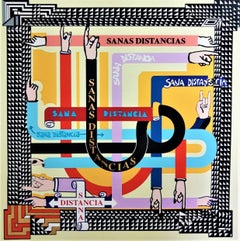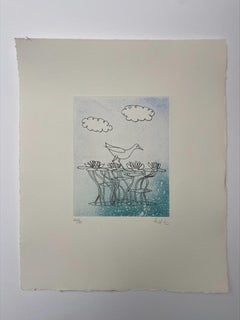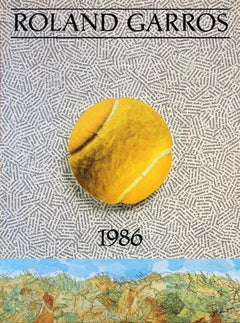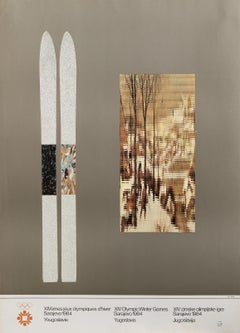Jiri Kolar Prints and Multiples
Jiří Kolář was born in Czech Republic in 1914. He was the son of a baker who became a writer around 1943. His first exhibition in 1937 focused on collages, later works specifically focused on his method of using a scalpel to cut pictures from magazines and reconfigure them in Surrealist forms. He wanted to highlight the destruction and fragmentation of the world. Kolář invented/helped to develop new techniques of collage, specifically confrontage, froissage, and rollage etc. He has exhibited in Prague and 1975 in the Guggenheim, New York.
1990s Surrealist Jiri Kolar Prints and Multiples
Copper
1990s Contemporary Jiri Kolar Prints and Multiples
Porcelain
21st Century and Contemporary Surrealist Jiri Kolar Prints and Multiples
Gold Leaf
Early 2000s Surrealist Jiri Kolar Prints and Multiples
Paper
1960s Surrealist Jiri Kolar Prints and Multiples
Paper, Lithograph
Mid-20th Century Surrealist Jiri Kolar Prints and Multiples
Paper, Lithograph
1980s Surrealist Jiri Kolar Prints and Multiples
Paper, Lithograph
21st Century and Contemporary Surrealist Jiri Kolar Prints and Multiples
Photographic Paper
21st Century and Contemporary Surrealist Jiri Kolar Prints and Multiples
Photographic Paper
21st Century and Contemporary Surrealist Jiri Kolar Prints and Multiples
Archival Paper, Color
1970s Surrealist Jiri Kolar Prints and Multiples
Foil
Late 20th Century Jiri Kolar Prints and Multiples
Porcelain, Screen
1970s Surrealist Jiri Kolar Prints and Multiples
Paper, Ink, Mixed Media, Lithograph, Offset, Felt Pen
20th Century Surrealist Jiri Kolar Prints and Multiples
Bronze, Copper
1980s Contemporary Jiri Kolar Prints and Multiples
Offset
1980s Modern Jiri Kolar Prints and Multiples
Offset
1980s Contemporary Jiri Kolar Prints and Multiples
Offset

